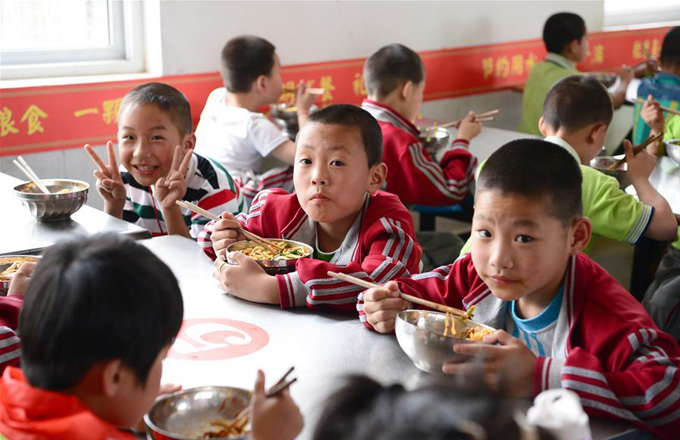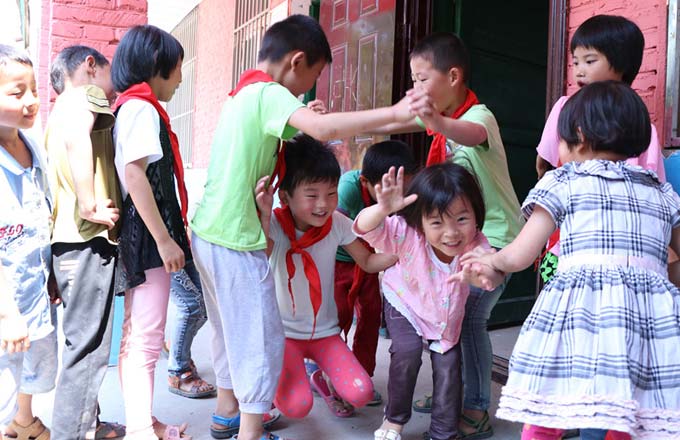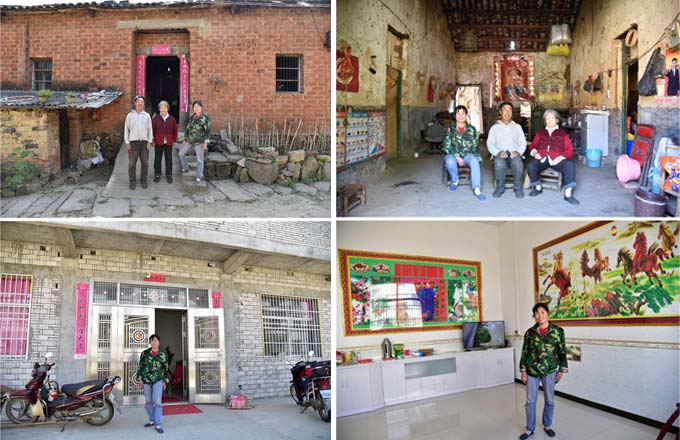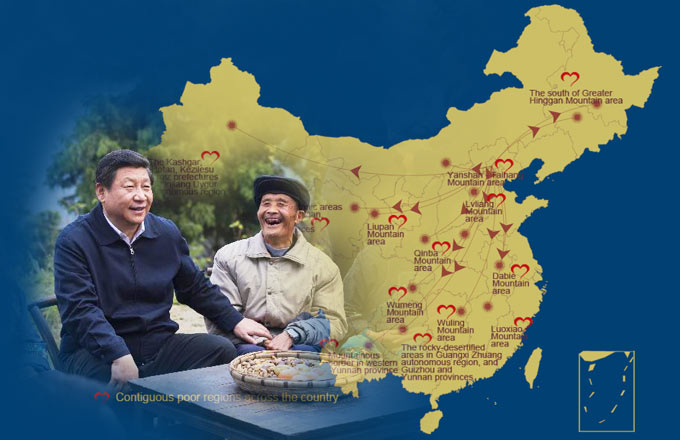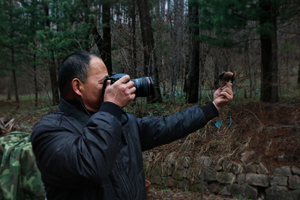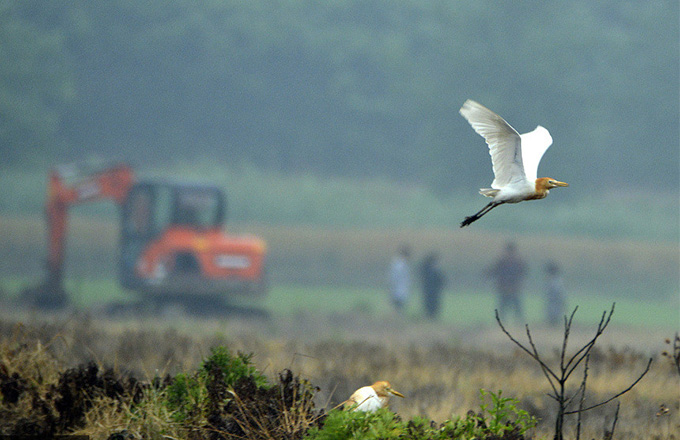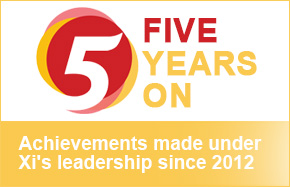Full Text: Human Rights in Xinjiang - Development and Progress
V. Cultural Rights
Xinjiang is committed to providing equal access to basic public cultural services, to using the spoken and written languages of ethnic minorities, and to protecting cultural heritage, thereby safeguarding the citizens' cultural rights.
Equal access to basic public cultural services is steadily improving. Before the founding of the PRC, there was only one library in Xinjiang. Thanks to efforts made since then, significant development has been made in the autonomous region's public cultural service undertakings. By the end of 2016, there were 107 public libraries, 90 museums, 53 galleries, 119 cultural centers, and 1,170 township (community) cultural activity venues, all offering free access to the public. A Rural Library Project covering all administrative villages provides farmers with books, periodicals, newspapers and audio and video products. There is now a basic public cultural service system in place at four levels (the autonomous region, the cities (prefectures), the counties and the townships). There are six radio stations, 10 TV stations, and 93 radio and TV stations. Almost 97 percent of the rural population has access to radio and TV.
Spoken and written languages of ethnic minorities are widely used. The Constitution stipulates that the state promotes the nationwide use of Putonghua in accordance with the law; meanwhile, it safeguards the rights of various ethnic groups to use and develop their own spoken and written languages. Spoken and written languages of ethnic minorities are extensively used in such areas as judicature, administration, education, press & publishing, radio & television, the Internet and social public affairs. Xinjiang now has 13 publishing houses publishing books, audio and video products, and e-publications in six languages - Uygur, Han Chinese, Kazak, Kirgiz, Mongolian and Xibe. Xinjiang publishes 110 newspapers, including 52 in ethnic minority languages, and 200 periodicals, including 120 in ethnic minority languages. Published in four languages - Uygur, Han Chinese, Kazak and Mongolian - the official provincial-level newspaper, Xinjiang Daily, boasts the most editions of different languages in China. Qapqal News is the world's only newspaper published in the Xibe language. Xinjiang People's Broadcasting Station now provides 15 radio channels in five languages - Uygur, Han Chinese, Kazak, Mongolian and Kirgiz. Xinjiang TV provides 12 TV channels in four languages - Uygur, Han Chinese, Kazak and Kirgiz; it is, therefore the provincial-level TV station with the most channels and broadcasts in different languages throughout the country.
Cultural heritage has been effectively protected. Following the founding of the PRC, the government of the autonomous region (then a province) issued the Order on the Protection of Historical Sites, giving priority to the conservation of the Thousand Buddha Caves Sites in Kuqa County and Baicheng County. For many years, the central and local governments have funded the conservation and renovation of many historical and cultural sites in Xinjiang, including the Gaochang Ancient City Ruins, Beiting Ancient City Site and Kashi's Id Kah Mosque. More than 3,000 precious cultural relics have been conserved and renovated. By the end of 2016, Xinjiang had two world cultural heritages, five national historical and cultural cities, 113 cultural relic sites under state key protection, and 558 cultural relic sites under autonomous regional protection, with more than 616,000 tangible cultural relics being collected and kept in 182 state-owned units. Currently, Xinjiang has three projects on the UNESCO Representative List of the Intangible Cultural Heritage of Humanity and the List of Intangible Cultural Heritage in Need of Urgent Safeguarding - the Art of Xinjiang Uygur Muqam, the Epic of Manas, and the Meshrep. All ethnic groups in Xinjiang possess intangible cultural heritage items at both autonomous region and/or state levels.
- China offers new idea on human rights governance
- China issues report on US human rights
- Work together to promote and protect human rights
- Peace is fundamental premise, foundation for human rights protection: Chinese diplomat
- A Comparative Study on Human Rights Development Approaches in China and U.S.(Special Issue No.48 2016)


